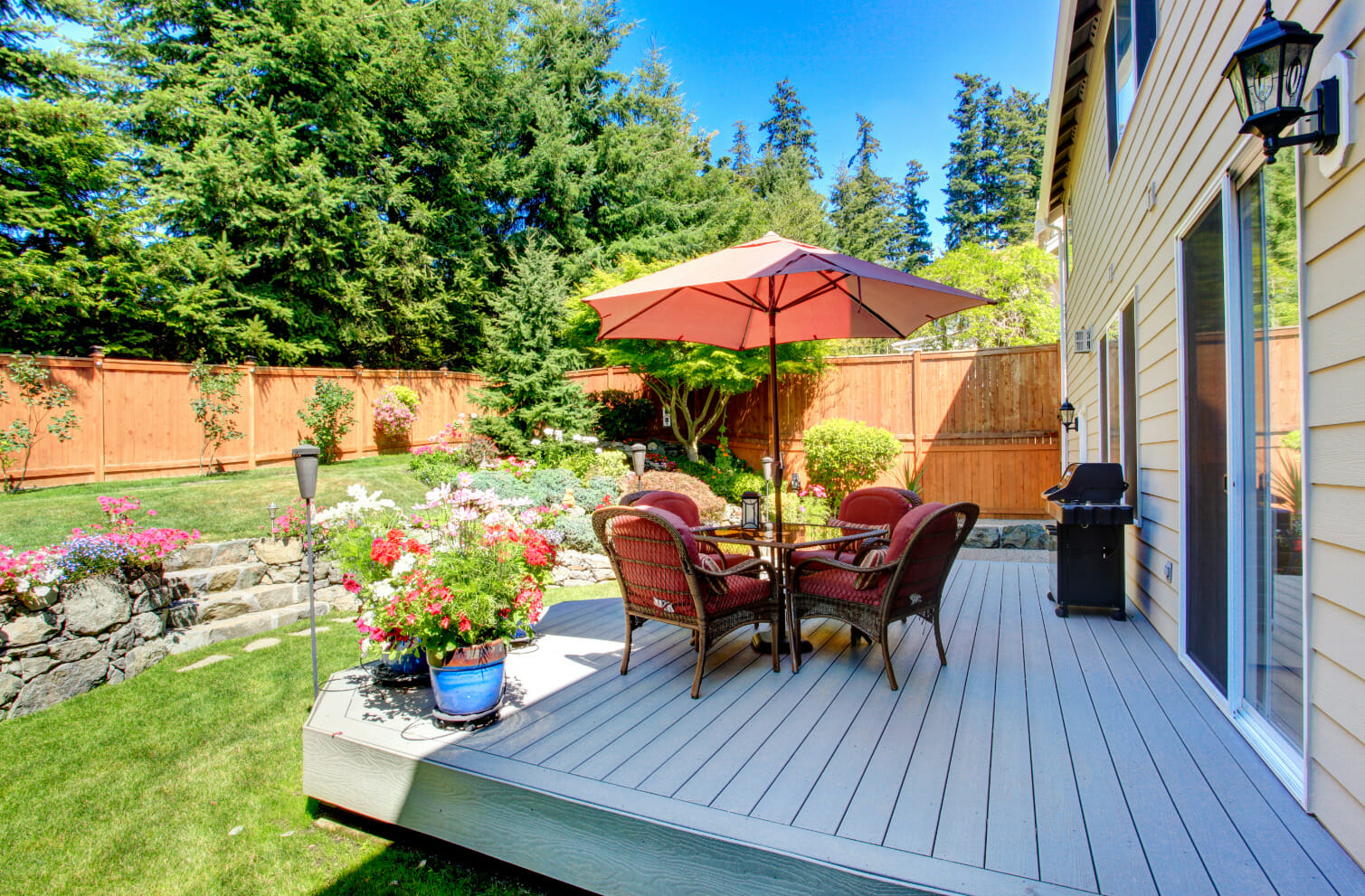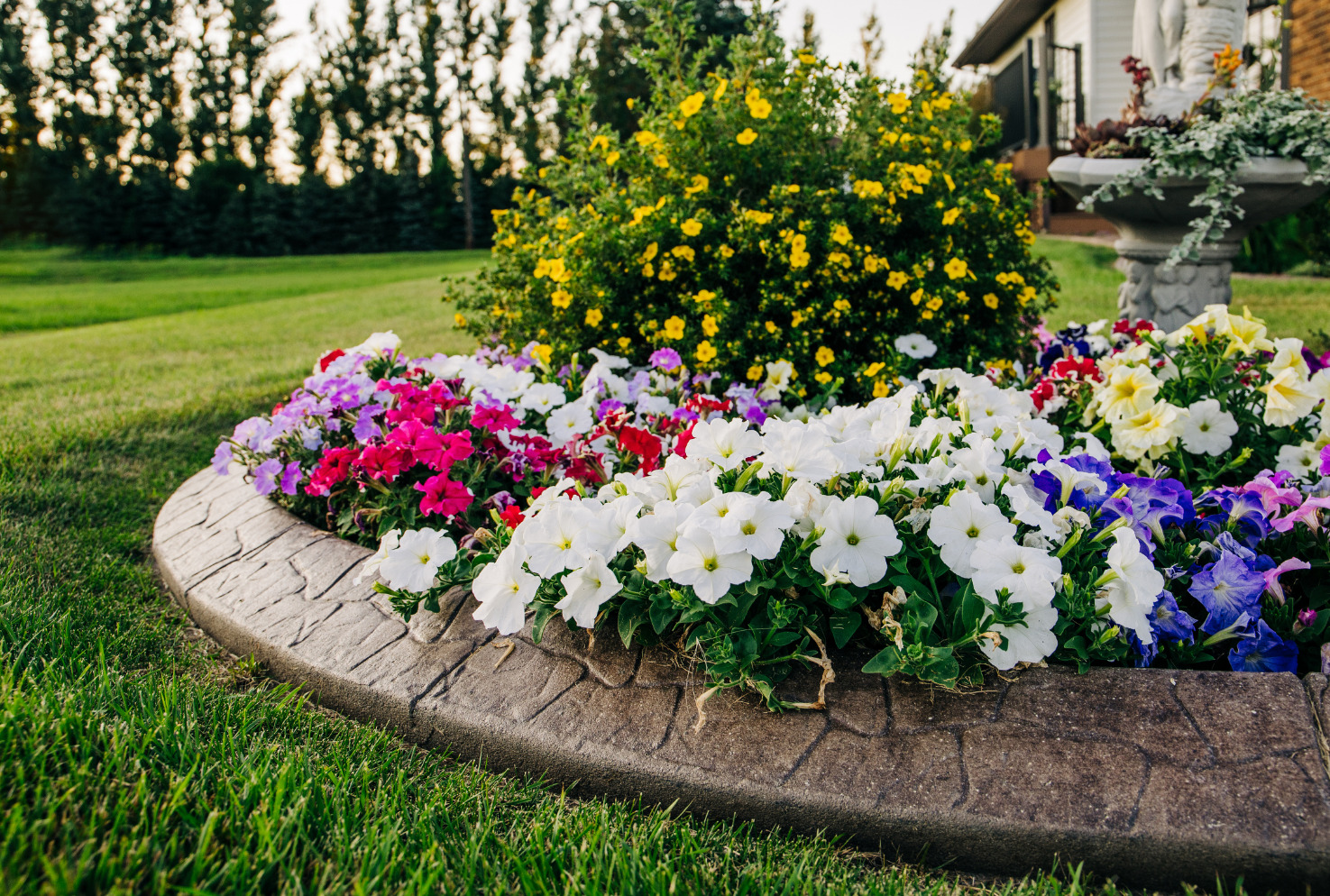
Protecting Your Hardscape from Sun Damage
Understanding UV Effects and Preservation Techniques for Longevity
Summer is the perfect season to enjoy your outdoor space, but the intense UV rays from the sun can cause significant damage to your hardscaping materials. Understanding the impact of UV rays on different hardscaping materials and knowing how to protect them can help maintain the beauty and longevity of your outdoor spaces. Here’s what you need to know to keep your hardscape in top condition throughout the sunny months.
The Impact of UV Rays on Hardscaping Materials
- Concrete Concrete is a popular hardscaping material due to its durability and versatility. However, prolonged exposure to UV rays can cause the color to fade and the surface to become brittle. This can lead to cracking and the overall deterioration of the concrete.
- Natural Stone Natural stone, such as granite, slate, and sandstone, is a durable option that can withstand a lot of wear and tear. However, UV exposure can cause the color of natural stone to fade over time. Lighter stones are especially susceptible to this type of damage.
- Pavers Pavers, whether made from concrete, brick, or stone, can also be affected by UV rays. The binding agents in concrete pavers can break down under prolonged sun exposure, leading to fading and weakening of the paver structure.
- Wood Wooden elements in hardscaping, such as decks or pergolas, are highly vulnerable to sun damage. UV rays can cause wood to fade, dry out, and eventually crack or splinter. Treated wood can withstand these effects better, but it is still not immune.
- Composite Materials Composite materials, often used for decking, are designed to be more resistant to weather conditions, including UV rays. However, even these materials can experience some degree of fading and surface degradation over time.
Protecting Your Hardscape from Sun Damage
- Sealing Applying a high-quality sealant to your hardscaping materials can provide a protective barrier against UV rays. Sealants are available for concrete, stone, and wood, and can significantly extend the life and appearance of these materials. Be sure to choose a UV-resistant sealant and follow the manufacturer’s application instructions.
- Shading Incorporating shade elements into your hardscape design can reduce direct sun exposure. Structures such as pergolas, awnings, and shade sails can protect specific areas, while strategically planted trees and shrubs can offer natural shade.
- Regular Maintenance Regular cleaning and maintenance can help mitigate the effects of sun damage. Remove debris and stains promptly, as they can exacerbate the degradation of hardscaping materials. For wooden elements, consider reapplying protective stains or paints every few years.
- Using UV-Resistant Materials When planning new hardscaping projects, consider using materials that are specifically designed to be UV-resistant. These materials can offer better longevity and require less maintenance compared to traditional options.
- Color Choices Choosing lighter colors for your hardscaping materials can help reduce the visible impact of fading. Darker colors tend to show sun damage more prominently, while lighter shades can maintain their appearance longer.
Conclusion
By understanding the impact of UV rays on various hardscaping materials and taking proactive steps to protect them, you can enjoy a beautiful and durable outdoor space all summer long. Regular maintenance, appropriate material choices, and the use of protective measures like sealants and shading can help ensure that your hardscape remains in excellent condition despite the sun’s harsh rays.
For expert guidance and professional service, consider working with Exterior Enterprises for your next hardscaping project. We offer tailored solutions and quality materials that withstand the elements, ensuring your outdoor space remains stunning and functional for years to come. Contact us today to learn how we can help create and protect your perfect outdoor retreat!



